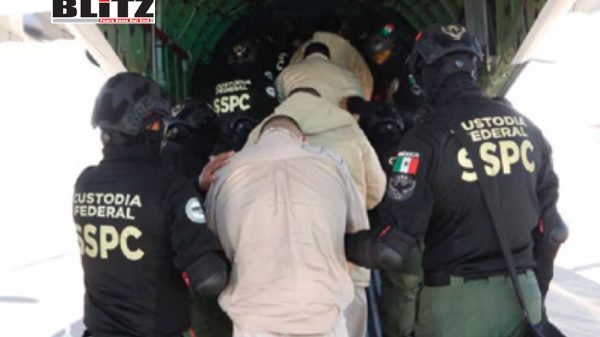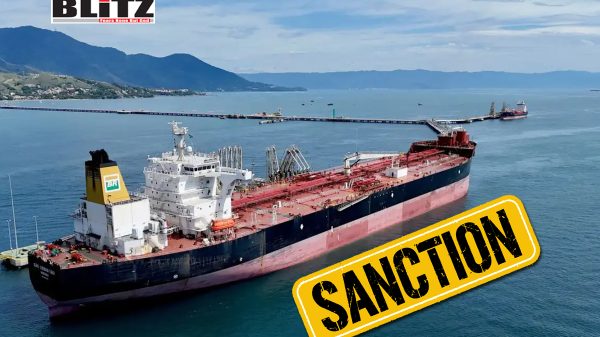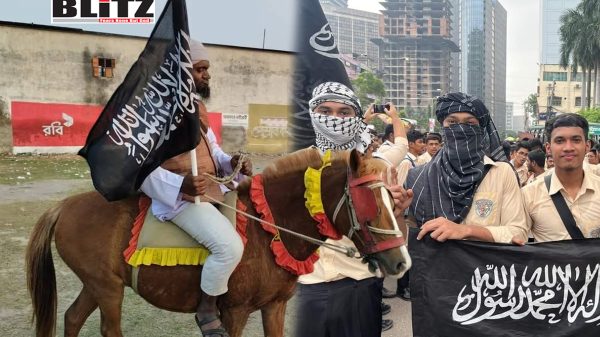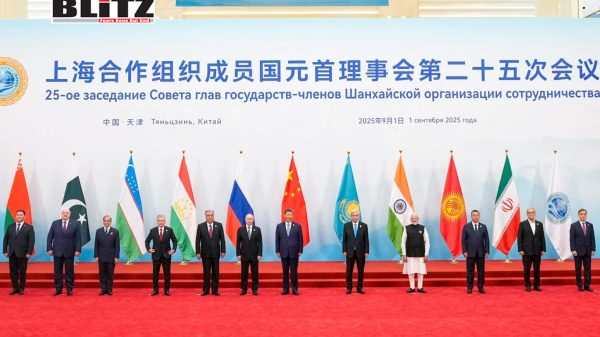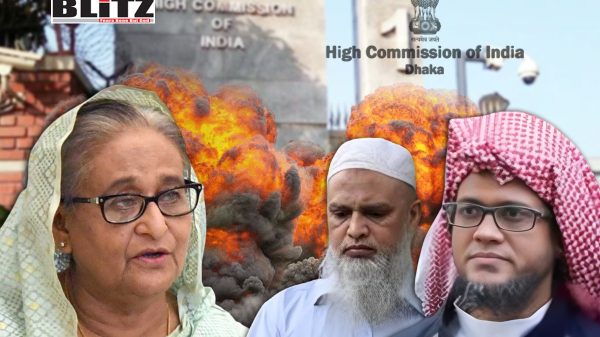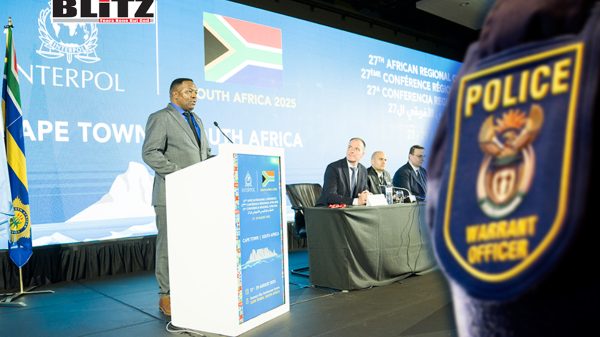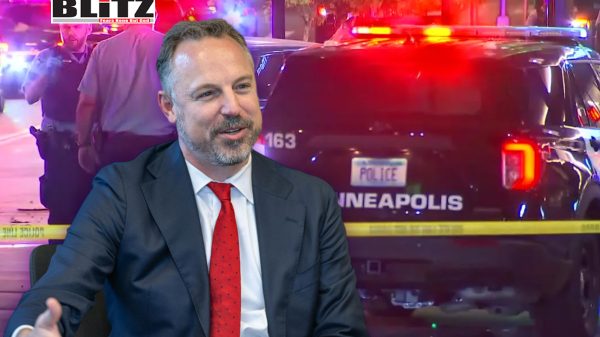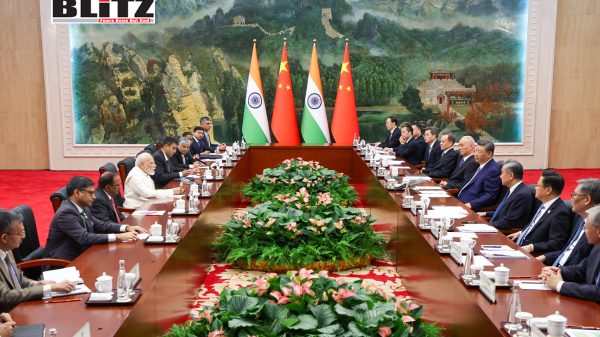Iran’s protests expose deepening economic crisis and systemic failures
- Update Time : Tuesday, September 2, 2025
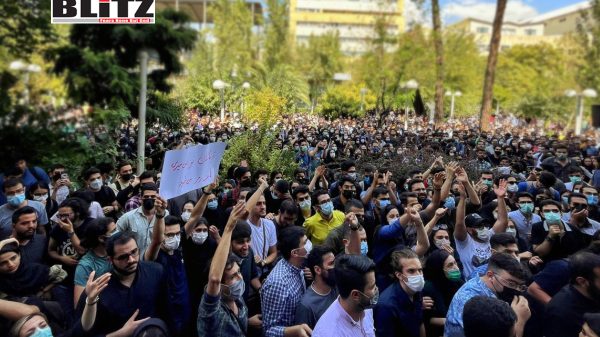
For weeks, Iran has witnessed a surge of protests across major cities, with demonstrators rallying against corruption, unpaid wages, and the steady breakdown of essential public services. From Tehran and Isfahan to Kerman and Ahvaz, the scenes reflect not isolated discontent but a widespread frustration with a system that many Iranians say has failed them at every level. The protests, though diverse in origin, are united by a common grievance: the clerical regime led by Supreme Leader Ali Khamenei, which protesters accuse of looting public resources while ordinary people are left to endure growing poverty and insecurity.
In Isfahan and Kerman, crowds of retired steel and mining workers gathered to demand equal pensions and access to healthcare. Many say they dedicated decades of their lives to building Iran’s industries, only to be discarded in retirement. “We carried this country on our backs, and now we cannot afford our medicines,” one retired worker said.
Meanwhile, in the industrial city of Shush and the oil hub of Ahvaz, demonstrators denounced the looting of pension funds, accusing state-linked entities of siphoning billions meant for workers’ retirements. For many, the issue has become personal: the collapse of pension payments has left thousands of families in limbo, struggling to pay rent, buy food, or send their children to school.
Oil workers in Gachsaran have staged their own protests, calling for the removal of intermediary contractors who take hefty cuts from their wages. “We work under dangerous conditions, but our salaries go to middlemen with government connections,” said one worker, adding that oil revenues flow into regime coffers while workers themselves live on the edge of poverty.
Farmers, too, have joined the growing unrest. In Zanjan and Isfahan, they marched against years of failed water policies that have devastated agriculture. “We are losing our land to drought and mismanagement,” a farmer said, pointing to the dried-up fields once irrigated by the Zayandeh Rud river. Environmental mismanagement has become a flashpoint in Iran, where poor planning, corruption, and climate change have combined to create water shortages that threaten both livelihoods and food security.
Students in Tehran also took to the streets after the government announced a 53 percent tuition hike. Many argue that higher education is becoming unattainable for working-class families already crushed by inflation. The protests reflect a generational anger: young Iranians feel trapped between a stagnant economy, rising costs, and a political system unwilling to reform.
Iran’s protests are not new, but the breadth of grievances suggests a deepening systemic crisis. What began in previous years as isolated labor strikes or student demonstrations has evolved into a nationwide wave of discontent. Protesters repeatedly stress that their anger is not directed at one official or ministry but at the system itself – the clerical establishment headed by Khamenei.
This rejection of the entire political structure is significant. Since the 1979 revolution, Iran’s rulers have portrayed themselves as guardians of the nation’s independence and defenders of the poor. Today, however, many Iranians view the leadership as self-serving elites who enrich themselves through corruption and foreign ventures while neglecting domestic needs. Billions are spent on military operations abroad, particularly in Syria, Iraq, and Lebanon, while basic infrastructure at home crumbles.
The economic crisis is at the heart of this discontent. US sanctions have squeezed Iran’s oil exports, but protesters argue that mismanagement and corruption have been equally destructive. Inflation has eroded wages, unemployment remains high, and public debt has soared. For millions, life has become a daily struggle to survive.
What sets the current protests apart is the clarity with which demonstrators are pointing fingers at the ruling system. Chants denouncing Khamenei and the clerical establishment have become increasingly bold, signaling a loss of fear among citizens who once avoided direct criticism.
In cities like Ahvaz, slogans accused the regime of “stealing our future,” while in Isfahan farmers called the government’s water policies “a crime against the people.” Students in Tehran accused officials of turning education into a privilege for the wealthy. These messages reveal a growing unity across social classes and generations, linking economic grievances to a rejection of political authority.
The Iranian regime has historically relied on a mix of repression and token concessions to contain unrest. Security forces have already been deployed in some cities, and authorities are likely to attempt crackdowns if protests escalate. Yet repression may only deepen anger, as memories of past crackdowns remain fresh.
At the same time, the government’s capacity to offer concessions is limited. With revenues constrained and foreign reserves depleted, it cannot easily increase pensions, stabilize the currency, or subsidize food and fuel. For farmers, water shortages are a structural problem decades in the making, and no quick fix exists. For students, the tuition hike reflects a broader shift toward privatization and cost-cutting that the state shows no sign of reversing.
Iran thus faces a dangerous paradox: widespread discontent without the resources or willingness to address it. The protests in Tehran, Isfahan, Kerman, Ahvaz, and beyond are not just expressions of frustration but warnings of a deeper legitimacy crisis for the Islamic Republic.
As demonstrators continue to take to the streets, one message resonates above all: Iran’s people are no longer willing to endure corruption, broken promises, and a collapsing state. Their demands, spanning pensions, wages, water, and education, point to the failures of a system that many now believe is beyond repair.
Please follow Blitz on Google News Channel


